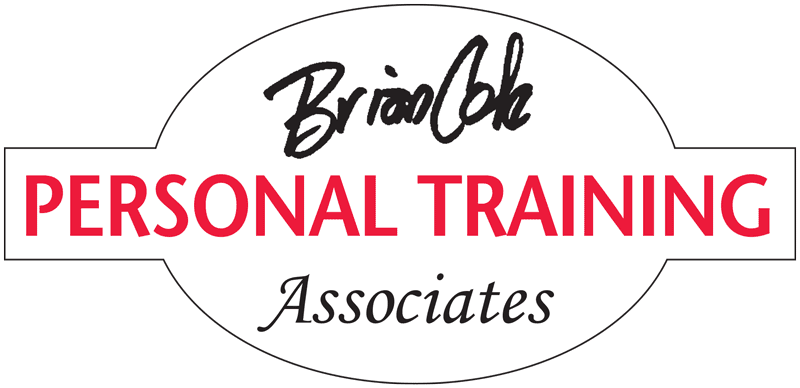I’m guessing the first thing that comes to mind is not falling. While there’s nothing more important, there are some additional considerations I’ll get to in a minute. But first let’s address not falling. If any of you have fallen, or had a friend or relative fall, you know how traumatic it can be and the effect it can have on the psyche in the future. A fall can make someone very cautious. Too cautious. For instance, in this new caution, a person may begin to take smaller shuffling steps. Unfortunately, this causes a number of consequential problems. This actually creates many more trip/fall hazards. A grain of sand becomes a marble to stumble on, throw rugs become dangerous and the daily environment becomes a mine field.
But there is a far greater problem caused by this cautious small step shuffling gait. The second most important pump in the human body becomes inactive. Where do aging shuffling seniors develop circulation problems? In the lower leg because the calf muscles are no longer being actively used when walking. Blood pools instead of being pumped back up into circulation. Blood clots can kill. So this becomes another issue that adds another prescribed drug with another list of side effects to address another condition actually caused by inactivity and falsely attributed to aging. The much researched and clearly proven first component in good balance is: muscle strength. We have to maintain muscle strength throughout our lives if we want to avoid being weak and frail and dependent on others. And if we want to stay well balanced.
OK, what can we do? Start with simple stuff that requires no equipment, can begin at any age, and should be done by everyone. Here are a few suggestions: Put a straight-back kitchen or dining room chair back against the wall, sit/stand up and down slowly controlling the lowering as much as you can. How many times? As many as you can (this will increase) and this will improve your leg strength in a functional activity. Stand on one leg with the other knee lifted and held as high as you can. For how long? Work toward 30 seconds. This not only obviously improves balance but strengthens the hip flexors that lift the leg and have become weak from too much sitting and too little use. When walking, not shuffling, we’re doing a mini-version of this with each step as we lift one leg and mini-balance on the other. So now, after becoming confident standing on one leg, start walking across the room in this exaggerated high knee stepping way.
As I mentioned earlier, there are some additional balance issues to be considered. The ubiquitous treadmill, that contraption that keeps some from enjoying Nature. I mean seriously, walking in Nature daily is recommended as a way to keep us in sound mental/emotional/physical health. This is Virginia. The winters are not severe. When was the last time you took a nice walk in a light rain? Oops. I’m supposed to be focusing on balance. This isn’t even about staying balanced on a moving treadmill. It’s about the balancing of our muscles. For every pulling exercise we need to have a pushing counterpart to keep us muscularly balanced. On a treadmill, the muscles on the front of our legs lift and move our leg forward. See where I’m going with this? The muscles on the back of the legs and hips — hamstrings, calves, glutes (butt) — really don’t have to do much at all because the belt is doing it for them. This is so obvious I don’t know why more aren’t aware of it. The use of a treadmill is still getting our heart rate up, still burning calories, still far better than being inactive or sedentary. But it’s creating an imbalance which is not healthy.
If you doubt me (What? Why would I mislead? I’m trying to help here!) just do your next 20-minute treadmill session with it turned off. That’s without the automatic belt pulling you back. Two things will confirm what I’m saying. One, I doubt you, fit as you may be, can complete 20 minutes and Two, even if you do, in 24 to 48 hours you’ll have major muscle soreness right where I told you. Hey, you’ve been cautioned.
One more balance consideration (there are many but…). We sit too much in this cushy lifestyle of ours. So I strongly recommend that cycling, which also has us in a forward flexion primarily seated position, be balanced with a healthy dose of an upright activity. Cycling is great! I’m not challenging it as an excellent activity for the same reasons I gave for the treadmill but I am strongly suggesting balancing it for muscle system and posture benefits.
I’ve exceeded my word count again so until next time, Stay active, stay safe and stay balanced!

